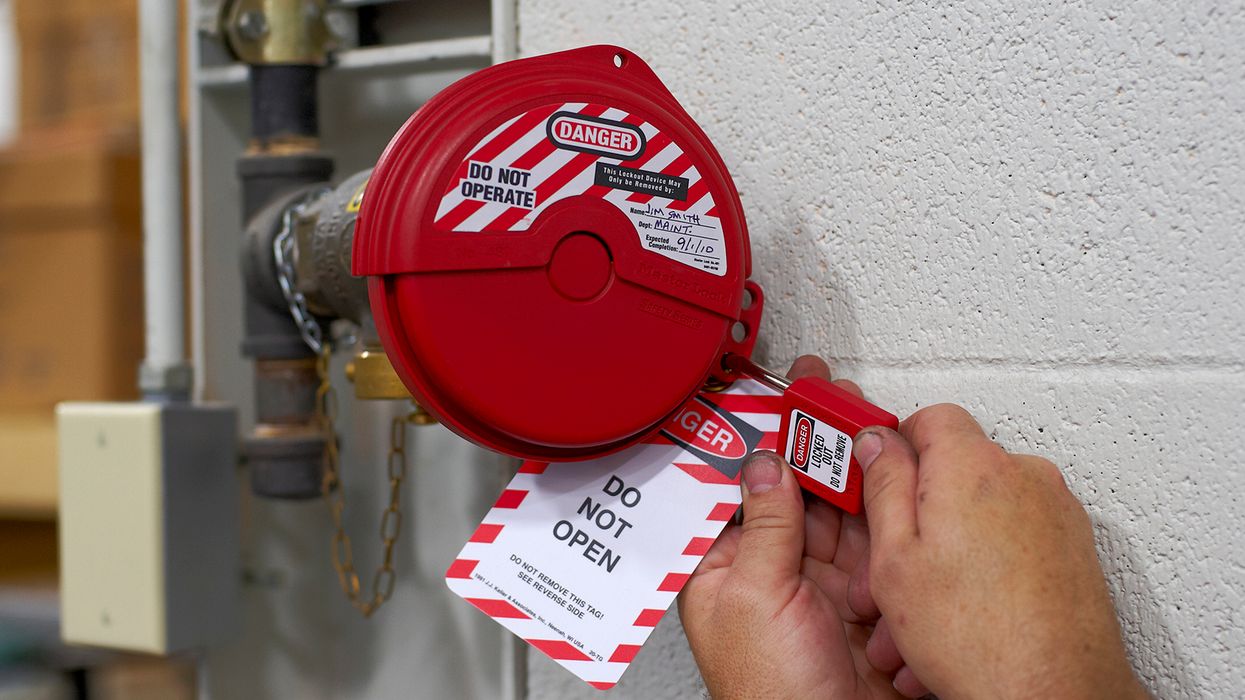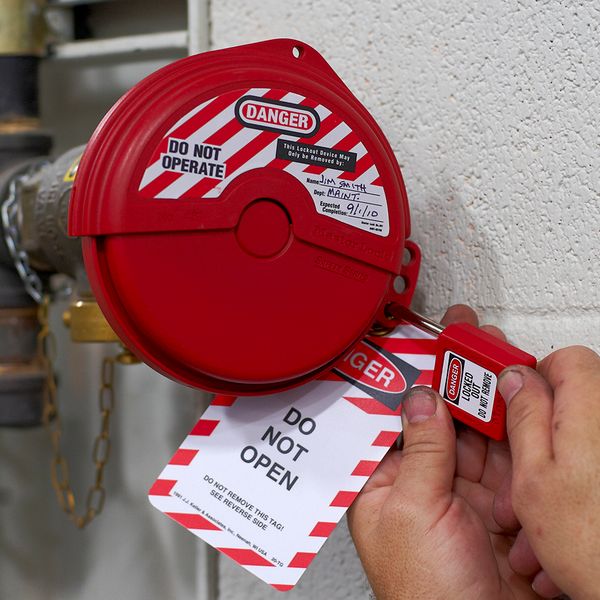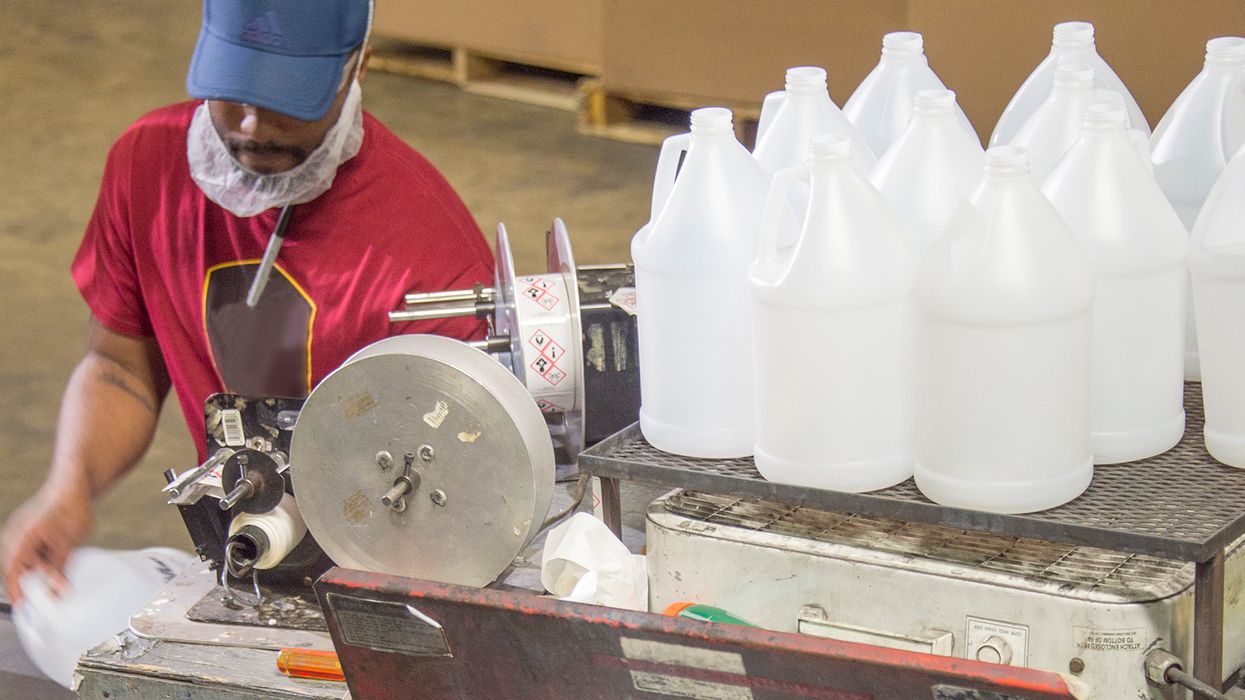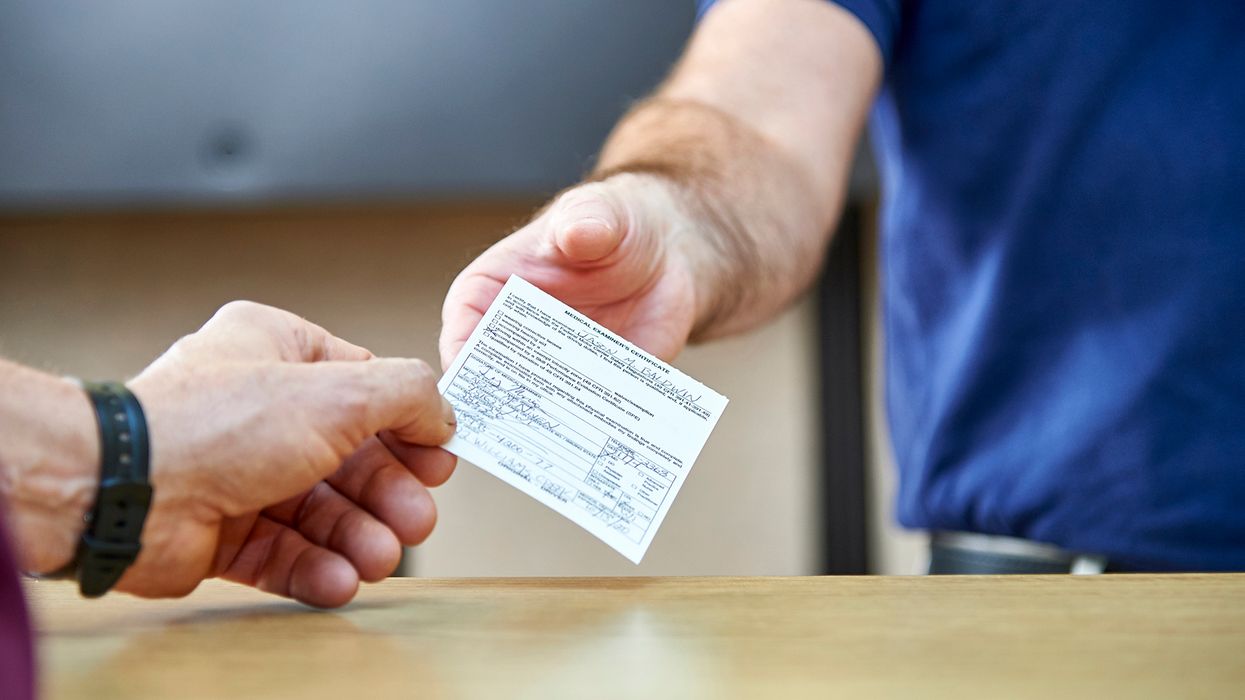An interlock IS a safety lock, right?
Since an interlock keeps a machine from running, it can be used for lockout, can’t it? It seems logical; however, OSHA says “no” .... for now. According to the Control of hazardous energy (lockout/tagout) standard at 1910.147, energy isolating devices don’t include electronic control devices such as interlocks, buttons, or switches.
There is some good news, however! This is something that OSHA is currently reviewing as they consider technological advancements that are becoming available.
What are appropriate lockout devices?
The standard defines a “lockout device” as “a device that utilizes a positive means such as a lock, either key or combination type, to hold an energy isolating device in a safe position and prevent the energizing of a machine or equipment. Included are blank flanges and bolted slip blinds.” Key factors in this definition are “positive” and “hold” meaning there must be a sure way to keep energy from be restored and reactivated until a device is removed.
Simply turning off a machine or using an interlock does not ensure that the machine can’t be turned back on or that potential hazardous energy is fully isolated. Energy isolating devices (EIDs) are mechanical devices that physically prevent energy release or transmission and include:
- Manually operated electrical circuit breakers;
- Disconnect switches;
- Line valves or blocks;
- Manually operated switches where circuit conductors can be disconnected from all ungrounded supply conductors AND in which no pole can be operated independently; and
- Any similar devices used to block or isolate energy.
The standard clarifies that push buttons, selector switches, and similar control devices are not considered EIDs by OSHA. Interlock devices cannot replace a formal LOTO program and procedures using an energy-isolating device, lock, or tags. While interlocks can be tied to lockout/tagout (LOTO) to enhance its safety, they can’t be used in place of an EID.
Are there any exceptions to the LOTO rule?
OSHA’s minor servicing exception (1910.147(a)(2)(i)) allows for alternative measures of effective protection from hazardous energy, which can include an interlocked safety switch, provided that when the interlock is opened or removed, the tripping mechanism and/or power automatically shuts off or disengages, and the machine cannot cycle or be started until the switch/guard is back in place. Replacing the switch/guard should not automatically restart the machine.
The ONLY time minor servicing is permitted is when activities are routine, repetitive, integral to using the equipment, AND when there are alternative measures in place that are equally protective as LOTO. Key components of the exception include:
- Minor servicing — tasks of short duration which take place during normal production operations that are necessary for the equipment to perform its intended functions.
- Alternative measures — procedures that provide equally effective protection from hazardous energy such as remote devices, local disconnects, or specially designed tools.
- Routine — tasks required to be performed as a part of a regular course of procedure.
- Repetitive — tasks required to be repeated regularly as part of the production process or cycle.
- Integral — tasks required as part of the production process or essential to operations.
Examples of minor servicing activities include clearing jams, minor cleaning or adjustments, and lubrication, provided they can be performed safely while the machine is running. Regardless of the types of LOTO, alternative measures, or interlocks, employees (and their body parts) must be protected from harm.
Keys to remember: OSHA requires EIDs for LOTO and doesn’t permit the use of interlocks for energy isolation. The minor servicing exception to the LOTO standard is only permitted when activities are routine, repetitive and integral to equipment use and alternative measures are in place that are as protective as LOTO .


















































